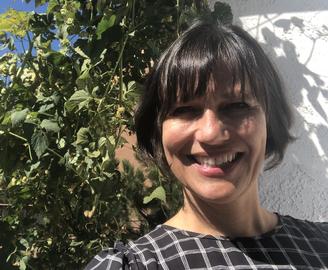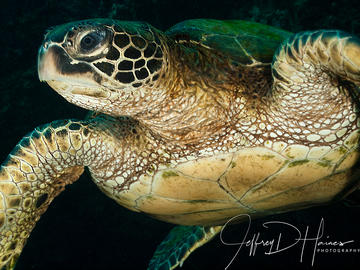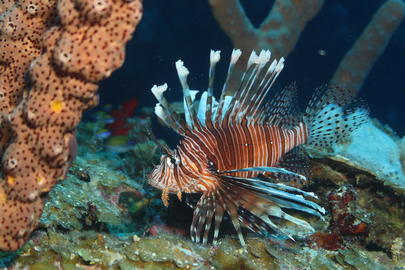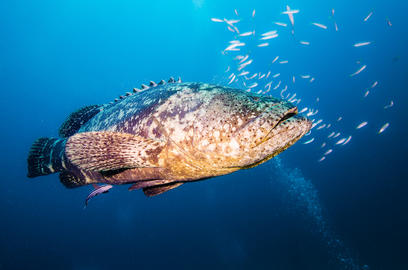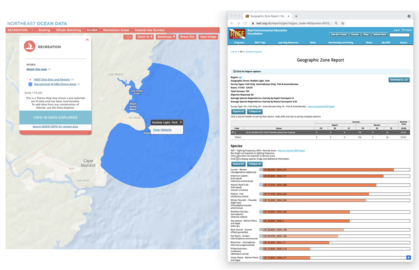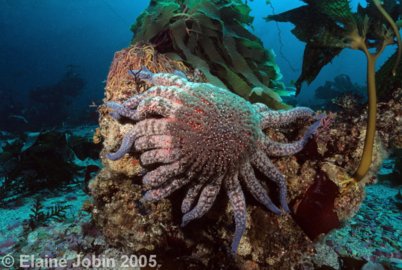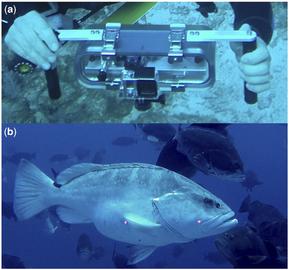The impacts of invasive lionfish (Pterois volitans/miles) on native coral reef populations in the Western Atlantic Ocean and Caribbean Sea can be enormous.
We are excited to welcome Hilary Penner to the REEF Team. As the new Education and Conservation Programs Manager, Hilary will develop community partnerships, create new youth learning opportunities, and engage REEF members to support our ocean conservation mission. While she's new to the staff, she not new to the organization; Hilary comes from a family of multi-generational REEF members and she herself has been involved with REEF for over two decades as a volunteer. Her first experience with REEF was on a Field Survey Trip to Bimini in 1996.
We are very excited to introduce the newest member of the REEF Team, Dr. Dan Greenberg. Dan will be working with REEF as a Research Associate for the next several months. He started work earlier this year to leverage REEF’s extensive Volunteer Fish Survey Project dataset, to estimate population trajectories and trends in abundance over space and time for various fish and invertebrate species. Prior to joining the REEF team, Dan was doing similar work as a Postdoctoral Fellow at Scripps Institution of Oceanography at UC San Diego.
Our cornerstone citizen science program is called the Volunteer Fish Survey Project, but did you know that REEF surveyors also record sea turtle sightings in all oceans? As part of this global citizen science marine life monitoring program, REEF volunteers have reported sea turtle sightings since 2001. This dataset was recently used as one of several sources of information to study sea turtles in an unexpected location, southern California.
We are excited to share a new scientific paper that was published in the journal Global Change Biology last month. Researchers used REEF’s Volunteer Fish Survey Project database to answer crucial questions about the impacts of invasive lionfish as their range expands into new areas, such as Brazil. It is well known that predation by lionfish affects native fish populations, and this impact is likely exacerbated in certain vulnerable species.
Growing up to eight feet long and weighing more than 800 pounds, the Goliath Grouper (Epinephelus itajara) is one of the largest grouper species in the world. Goliath Grouper are considered Critically Endangered by the International Union for the Conservation of Nature (IUCN) and have been protected from harvest in US waters since 1990, after decades of heavy fishing caused a near extinction of the species.
If you are itching to don your mask and snorkel and get back in the water, consider joining a REEF Field Survey Trip later this year! You can view the full schedule at www.REEF.org/trips. REEF Trips are led by marine life experts, and include diving, seminars about fish identification, and plenty of fun with friends. Not a scuba diver? No problem. Snorkelers are welcome on REEF Trips and any of the destinations below would be great for non-diving companions. To book your space, send an email to trips@REEF.org.
REEF recently collaborated with the Northeast Regional Ocean Council to contribute data to the Northeast Ocean Data portal, an interactive, decision-making mapping tool. As part of the effort, a new map layer showing survey locations and observations from REEF's Volunteer Fish Survey Project was added to the Portal. The map layer depicts over 250 scuba diving locations, from Newfoundland to Virginia, where REEF volunteers have submitted reports of their observations of fish and other marine life during dives.
Scientists are looking to REEF members and other recreational divers and snorkelers to help track population recovery of the Sunflower Seastar (Pycnopodia helianthoides). With up to 24 arms, this giant seastar was historically a common sight in the kelp forests and rocky reefs from Alaska to Baja California in Mexico. Unfortunately, the species has experienced a dramatic decline in recent years, primarily due to a Seastar Wasting Disease epidemic that swept along the US and Canadian west coast from 2013-2016 and is still ongoing in places.
New findings from the Grouper Moon Project reveal how technology can advance our understanding of changes in fish spawning aggregations due to conservation actions. The paper, published this year in ICES Journal of Marine Science, presents size data collected over a 17-year period at the Nassau Grouper spawning aggregation on Little Cayman. Fish usually need to be caught to be measured, but scientists from the Grouper Moon Project have used video camera systems to collect an impressive dataset on Nassau Grouper lengths.


